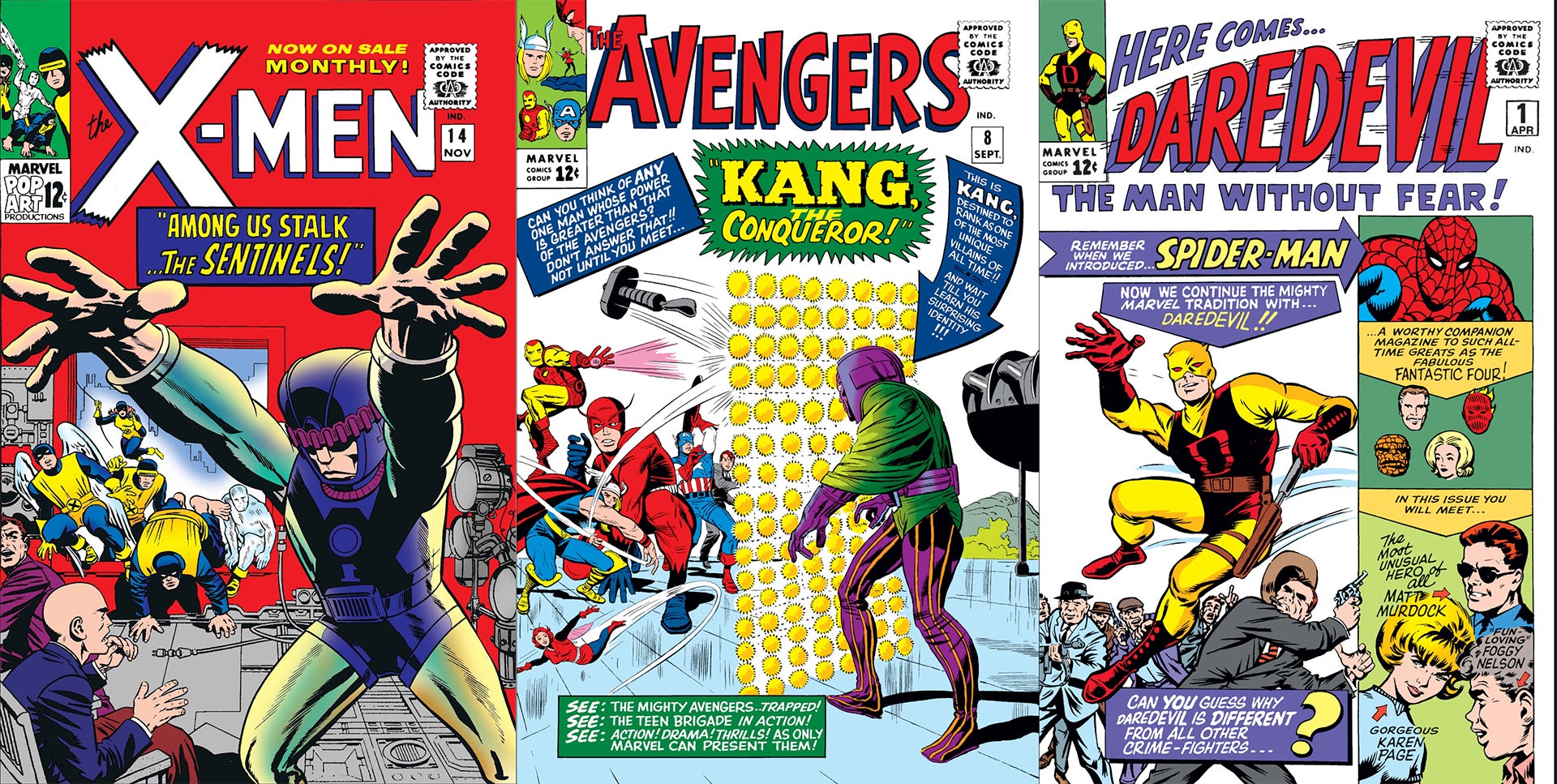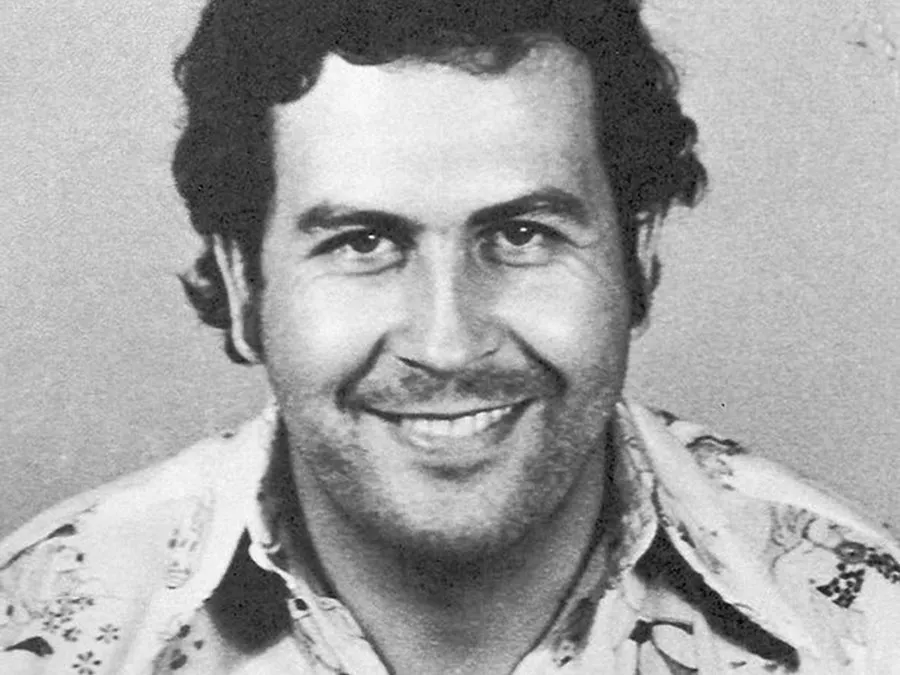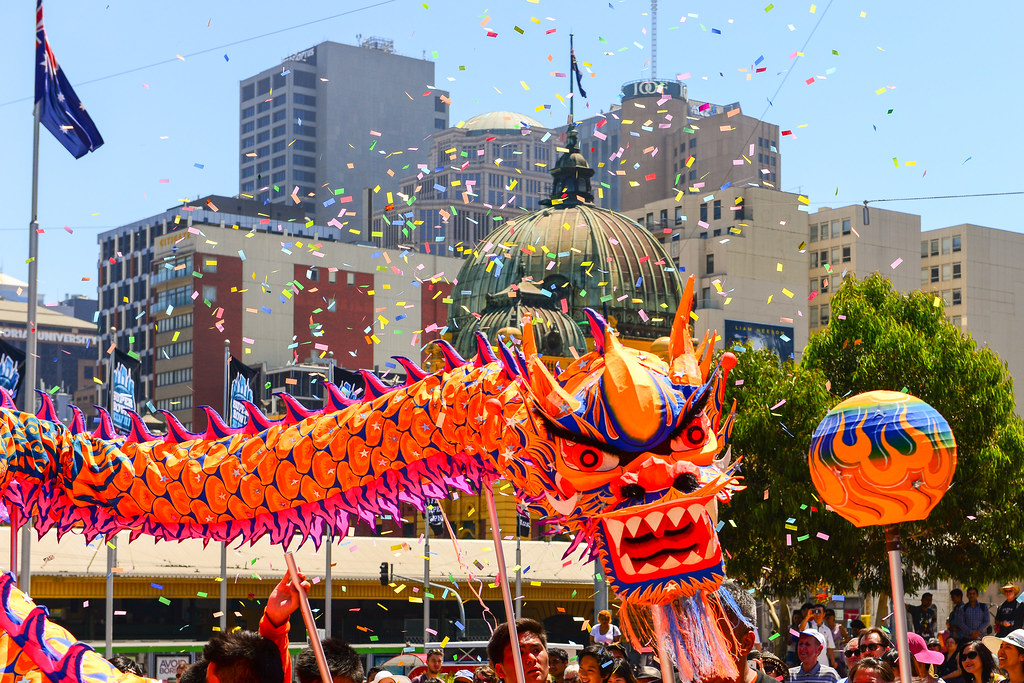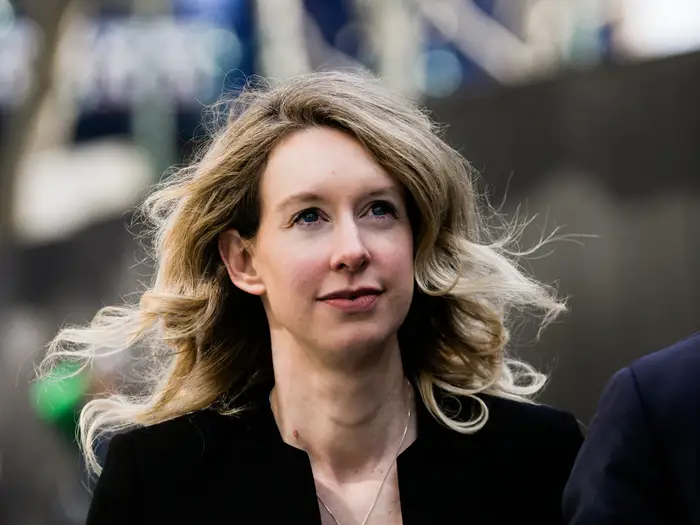zoomacademia.com – Pablo Emilio Escobar Gaviria remains one of the most infamous criminals in history, known as the “King of Cocaine.” As the leader of the Medellín Cartel in Colombia, he built a billion-dollar drug empire during the 1980s and early 1990s, transforming the global drug trade while wreaking havoc across Colombia. His rise to power, brutal reign, and eventual downfall have made him a legendary figure in both criminal and popular culture.
Early Life and Entry into Crime
Born on December 1, 1949, in Rionegro, Colombia, Escobar grew up in Medellín. He came from a modest background and engaged in petty crime during his youth, including selling fake diplomas, smuggling cigarettes, and stealing cars. His ambition led him to the highly lucrative cocaine trade in the 1970s, just as demand for the drug skyrocketed in the United States.
The Medellín Cartel and Cocaine Empire
By the late 1970s, Escobar had founded the Medellín Cartel, which became the dominant force in the global cocaine trade. At its peak, the cartel supplied an estimated 80% of the cocaine entering the United States. Escobar’s operation generated immense wealth, with Forbes listing him as one of the richest men in the world, boasting a net worth of around $30 billion at his peak.
Escobar’s empire was built on a combination of extreme violence and strategic generosity. He adopted a “plata o plomo” (silver or lead) policy, meaning people had to either accept bribes or face death. He ordered assassinations of politicians, journalists, and law enforcement officers who opposed him, leading to thousands of deaths. At the same time, he built hospitals, schools, and housing for the poor, earning him the nickname “Robin Hood” among Colombia’s lower class.
Terrorism and Political Ambitions
Escobar attempted to enter politics, winning a seat in the Colombian Congress in 1982. However, his criminal ties were soon exposed, and he was expelled from politics. In retaliation, Escobar waged war against the Colombian government, orchestrating bombings, assassinations, and attacks on public figures. One of his most infamous acts was the 1989 bombing of Avianca Flight 203, which killed 107 people in an attempt to assassinate a presidential candidate.
The Downfall and Death of Escobar
The Colombian government, backed by the United States, launched an aggressive campaign against Escobar in the early 1990s. The formation of a vigilante group called Los Pepes, comprised of his enemies and former cartel members, further pressured him. After escaping from a self-built luxury prison, La Catedral, in 1992, Escobar spent his final months on the run.
On December 2, 1993, Colombian authorities, aided by U.S. intelligence, tracked Escobar to a safe house in Medellín. In a dramatic shootout, Escobar was shot and killed on a rooftop. His death marked the end of an era of extreme cartel violence in Colombia, though the drug trade continued under other organizations.
Legacy and Impact
Pablo Escobar remains a controversial figure. While many remember him for his ruthless violence and corruption, others view him as a benefactor to Colombia’s poor. His story has been widely depicted in books, films, and television series, most notably Netflix’s Narcos. Today, Escobar’s legacy lives on in both the continued fight against drug cartels and the cultural fascination with his life.
While Escobar’s reign of terror is over, the consequences of the drug trade and its impact on Colombia and the world persist. His life serves as a cautionary tale of how power, wealth, and violence can shape history.







